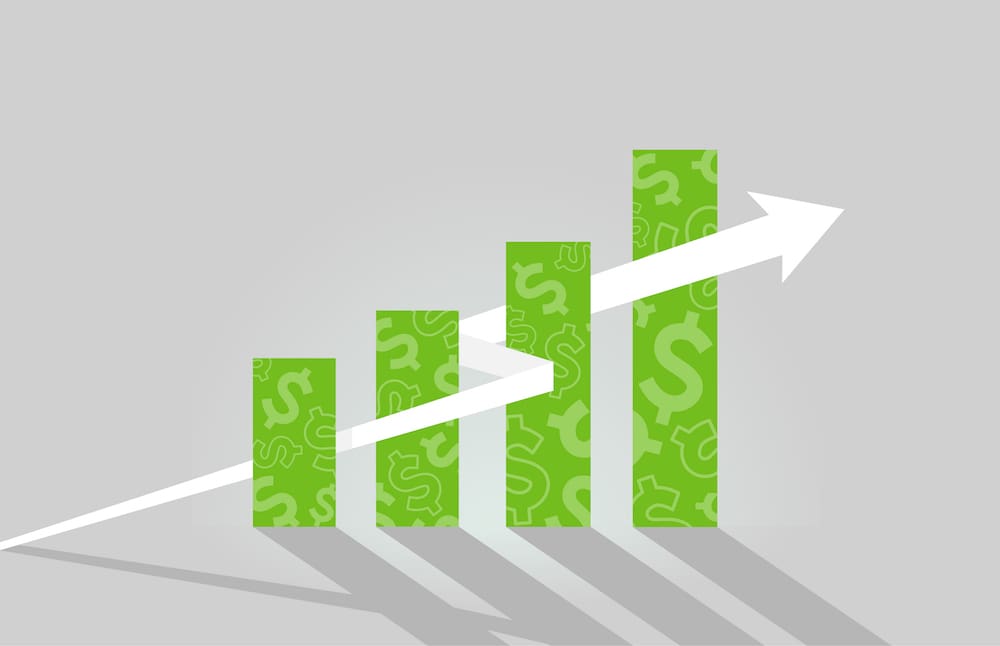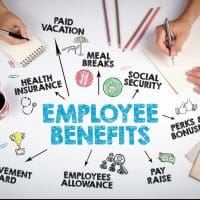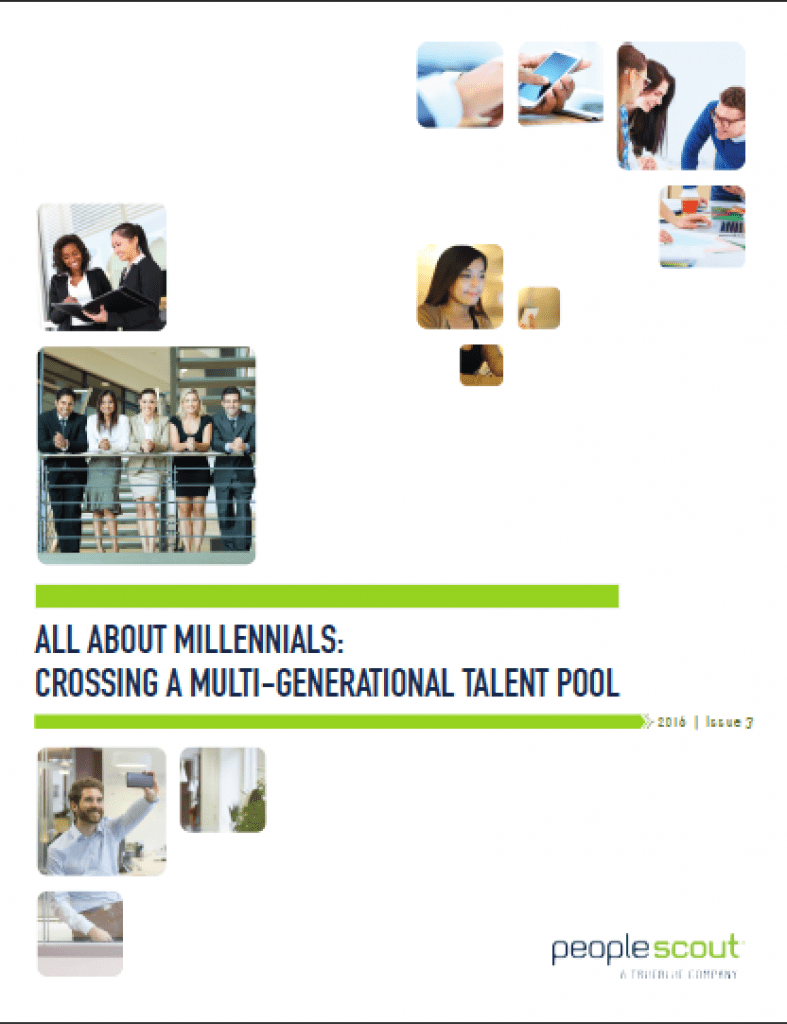Organizations need to adapt their approach to benefits to suit today’s changing demographics.
By Randy Stram
With the gig economy rapidly expanding, employers are focused on retaining and engaging employees. According to MetLife’s 15th annual U.S. Employee Benefit Trends Study (EBTS), more than half (51 percent) of employees today are interested in contract or freelance work. Not surprisingly, gig work appeals to millennials most, with nearly two-thirds (64 percent) of the generation interested, followed by Gen X (52 percent), and baby boomers (41 percent). Workers are drawn to freelance roles due to the flexible hours, the ability to work from home, and project variety. This is causing organizations to have a laser focus on retaining their talent -the top priority among employers, according to EBTS’ findings. In fact, 51 percent of respondents plan to leverage benefits as a retention strategy in the next three to five years.













